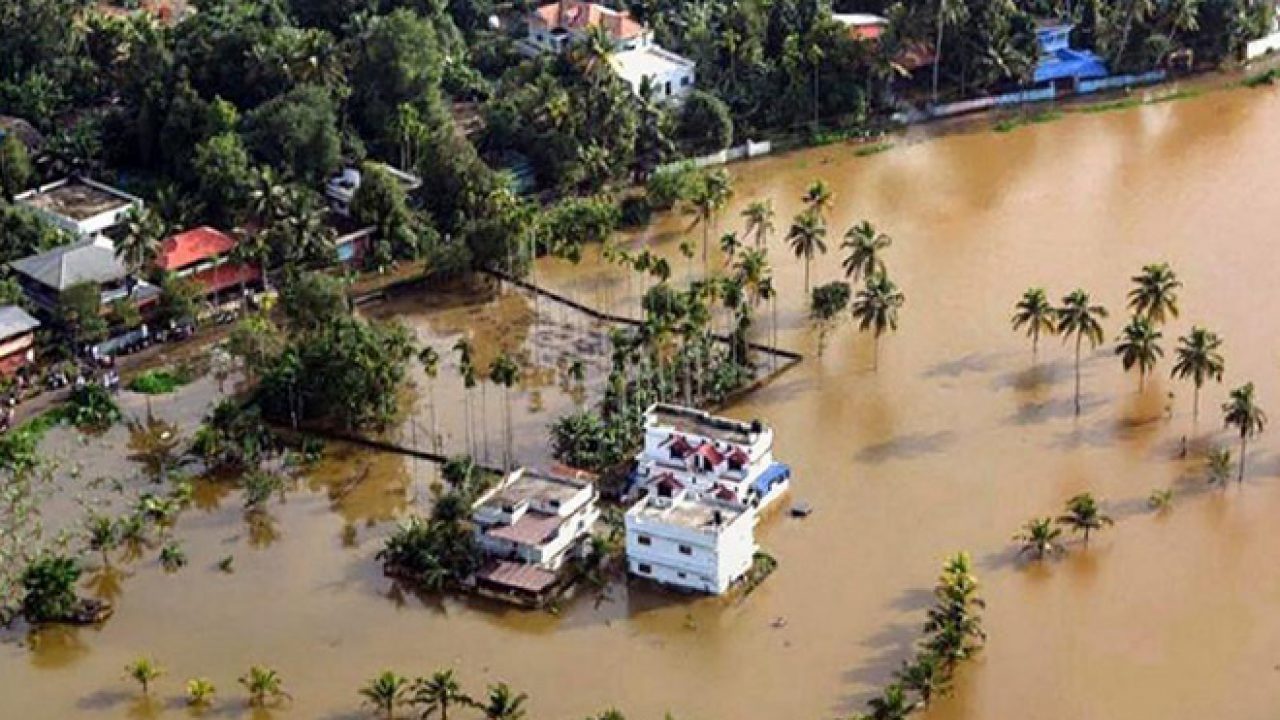
Disaster Management
Disaster Management
Disaster Management
Disaster Management/Geography
There was unprecedented flooding in India’s tech capital Bengaluru.Urban Flooding is an inundation of land in a constructed setting, particularly in densely populated areas.Previous such flooding incidents: Kochi, Mumbai, Hyderabad and Chennai.
Reasons
Natural :Higher rainfall: As per the IMD, monsoon has become frequent and Unpredictable Storm surges (for coastal cities) E.g. Cyclone Amphan in 2020 flooded the streets of Kolkata. Within eastern India, the storm killed 98 people and caused $13.8 billion (2020 USD).
Groundwater levels: In Chennai, the replenished groundwater table across the city after rains becomes a challenge for several buildings with basements.Anthropogenic: Encroachment: A large number of wetlands that soaked up the rainwater has encroached. Bangalore had 262 lakes in the 1960s; now only 10 of them hold water.
Rapid and unplanned urbanization: In Bangalore, storm water drains were not directly connected to its water bodies. In some places, the runoff water was flowing into constructed deviation canals. CAG found that this increased the chances of flash floods. Destruction of mangroves: Mumbai lost about 40% of its mangroves between 1995 and 2005. Poor civic management of storm water drainage: CAG report (last year) pulled up Bengaluru municipality for this poor management.
Lack of data: CAG also found that the Bangalore municipality did not maintain proper records of the storm water management funds allotted to it under the JNNURM. Lack of coordination: CAG report also noted the lack of coordination between the municipality and the Bangalore Development Authority on drainage-related matters.
Steps to mitigate urban flooding: Sponge Cities Mission: The idea of a sponge city is to make cities more permeable so as to hold and use the water which falls upon them. Atal Mission for Rejuvenation and Urban Transformation (AMRUT Storm water disposal system The Brihanmumbai Storm Water
Disposal System or BRIMSTOWAD, the project to overhaul Mumbai city’s old storm water drainage system was started after the 2005 deluge. Water-sensitive urban design (WSUD in Australia): regards urban storm water runoff, and waste water as a resource rather than a nuisance or liability. Bioswales or ‘Rain Garden’ (New York) are landscape features that collect polluted storm water runoff, soak it into the ground, and filter out pollution.
Conclusion: Therefore, there is a need to include public open spaces within the urban fabric in the form of storm management infrastructure, which could help our cities transform into water-sensitive cities.
